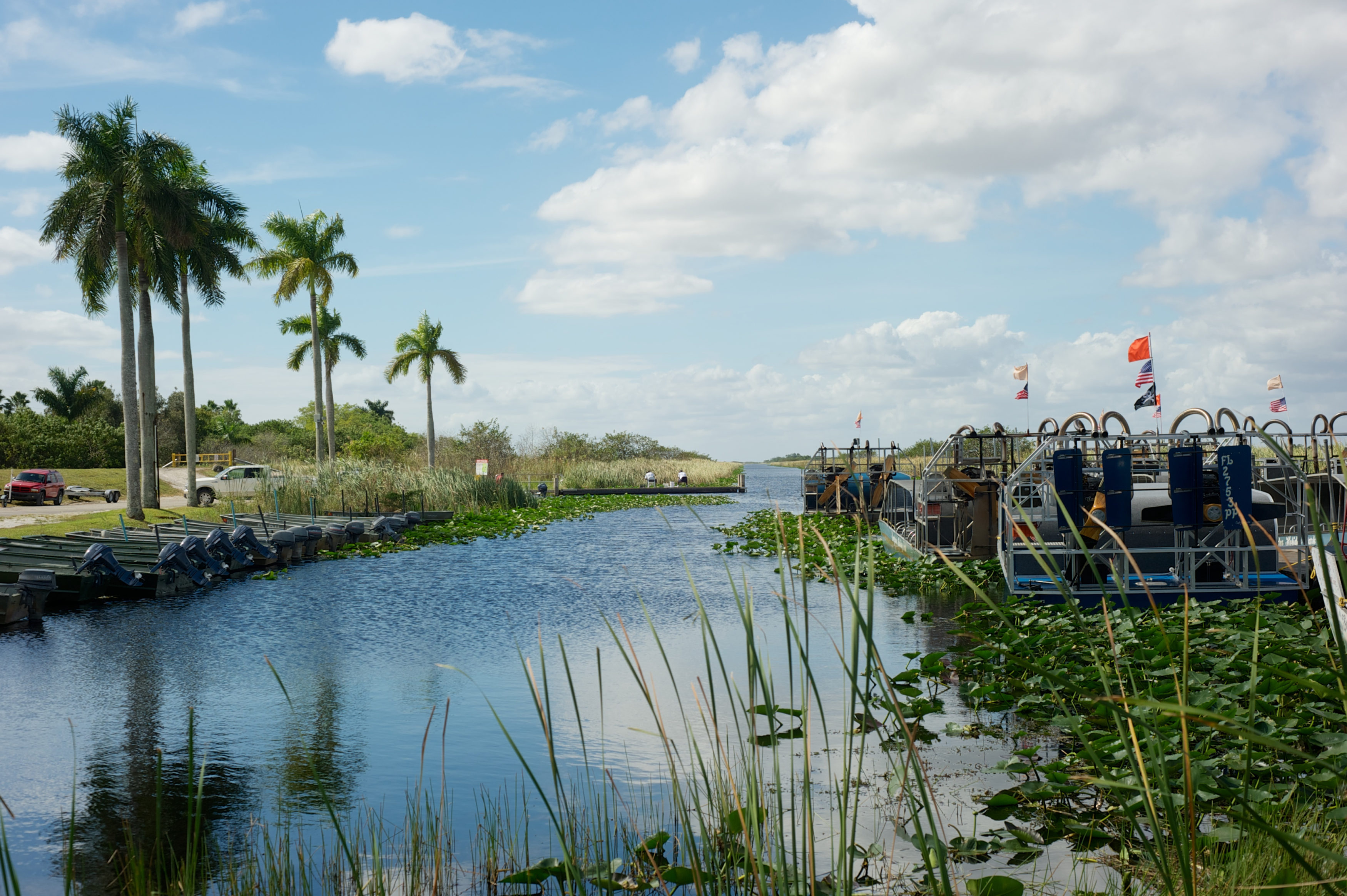
Going down another rabbit hole to connect the dots between the sugar industry’s use of glyphosate in the Everglades Agricultural Area and its impacts to manatees only further distracts from true South Florida ecosystem restoration efforts.
As a retired scientist who worked for the South Florida Water Management District for 31 years, the last 25 of them focused on Everglades restoration, I’ve seen my fair share of scientific studies. I was proud to work for one of the nation’s premier water management agencies that is responsible for managing water in one of our nation’s largest and most complex systems. I spent many years as an estuarine scientist in the Restoration Coordination Verification (RECOVER) program, which I headed as program manager until 2020.
During my tenure at the SFWMD, water managers based decisions on data and sound science. The Agency’s goal is to balance the many competing water needs of the system and make science-based decisions that benefit the broader public over any particular single interest.
A recent study published in Environmental International using data collected in 2019 and 2020 in the Caloosahatchee River and estuary, the St. Lucie River and estuary and two storm water treatment areas south of the Everglades Agricultural Area found higher concentrations of glyphosate in the Florida manatee than past studies (2009-2019), which evaluated manatee samples from Southern Georgia, Crystal River and Brevard County. This study has received some attention in the media due to its attempts to explain that the higher concentrations in manatees sampled in the Caloosahatchee and St. Lucie River were due to the use of glyphosate in agricultural sugarcane farming practices in the Everglades Agricultural Area.
What struck me from the article was not just that glyphosate was being detected in increased levels in the Florida manatee, but that it appears the authors were trying to connect this comprehensive issue specifically to the sugar industry located south of the lake in the Everglades area. Glyphosate is the most popular herbicide in existence today. It’s popularity is the result of characteristics such as a short half life, and it is used in most agriculture as well as by many other users, as the authors point out, and may have measurable negative impacts to the environment. There are numerous studies currently underway that should help to clarify these impacts.
Additionally, the study’s findings conflict with decades of data published by SFWMD. The study examines locations of Lake Okeechobee discharges, in particular the Caloosahatchee and St. Lucie, but water from areas south of Lake Okeechobee, where the Everglades area sugar farms are located, generally do not go north into Lake Okeechobee, and thus is not released into the Caloosahatchee or St. Lucie. In fact, between the time period of 1983 to 2017 waters from the Everglades area only contributed 6% of the total volume. And if you look at the more recent time frame of 2005 to present, that has dropped to 4%. During the study period, there was no back pumping through structures from the Everglades area into Lake Okeechobee, therefore it is difficult to accept the linkage between Everglades area farming practices and Manatees recently studied in the Caloosahatchee and St. Lucie estuaries.
On average 60% to 70% of the flows discharging to the Caloosahatchee and St. Lucie Estuaries originate from local basin runoff with the rest being supplied by Lake Okeechobee with inflows primarily coming from basins north, east and west of the lake.
Concentrations of glyphosate to the Caloosahatchee and St. Lucie Estuaries would more likely come from aquatic weeds-spraying in the lake and canals, agricultural sources north, east and west of the lake, or any number of other sources, including golf courses, and residential and commercial development in these watersheds. Without the use of specific tracers it would be impossible to determine where the glyphosate originated.
The article seems to lack data to indicate that farming south of Lake Okeechobee has any impact on manatees sampled in the St. Lucie and Caloosahatchee. The highest levels found before sugar cane harvest occurred during the wettest months, which correspond to freshwater discharges to estuaries from the local watersheds and/or Lake Okeechobee.
For our children, grandchildren and all future residents of the state we need to continue to ramp up all local efforts to improve water quality as well as move forward rapidly to implement the Comprehensive Everglades Restoration Plan. If glyphosate is causing problems in our environment and even possibly to humans, as some studies suggest, it is not just a sugar industry issue as it is used throughout the entire agricultural and urban landscape by both private and public entities as indicated in the article. Let’s not waste precious time going down another rabbit hole.
Patricia Gorman is a former member of the Southwest Florida Water Management District.




2 comments
June Mirecki
April 5, 2021 at 7:21 am
Please note that Ms Gorman is scientist formerly employed by the SOUTH Florida Water Management District, not the SOUTHWEST Florida Water Management District (see credit line).
john gorman
April 8, 2021 at 9:12 am
I noticed in past years the absence of most fertilizer from the shelves in big box stores like Lowe’s and Home Depot. It was explained they were pulled from shelves during algae Blume and red tide. The runoff into Florida waters is a cause and also the glyphophate increase killing the Manatee. Let’s pass limits of use, or reduce the negative % in fertilizer and chemicals allowed on shelves being purchased.
Comments are closed.